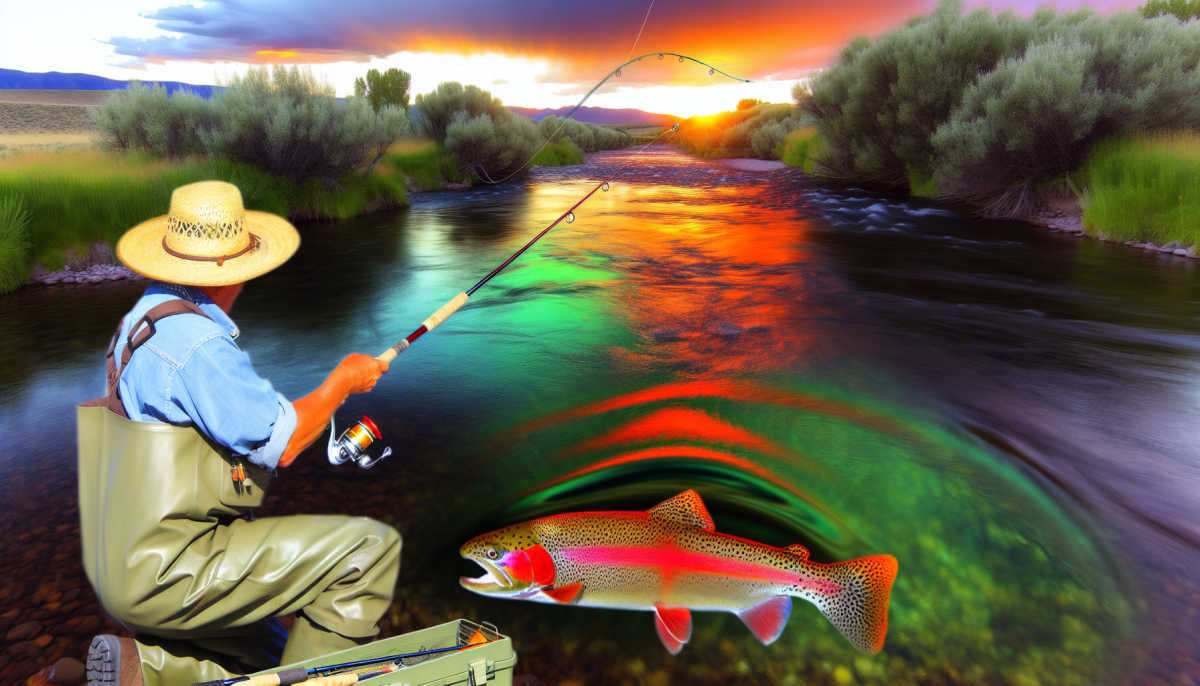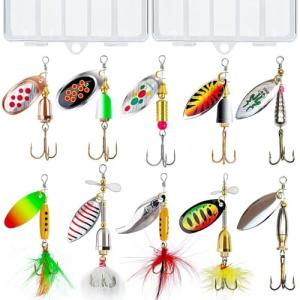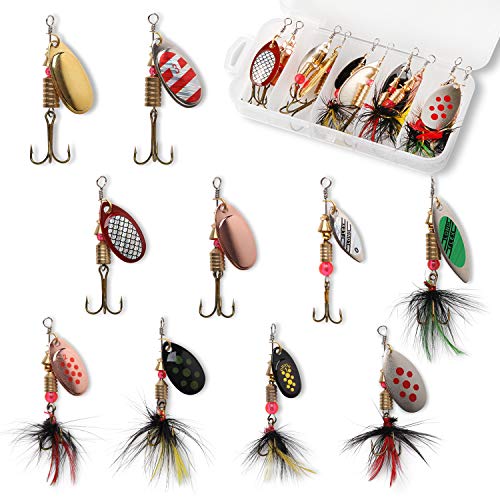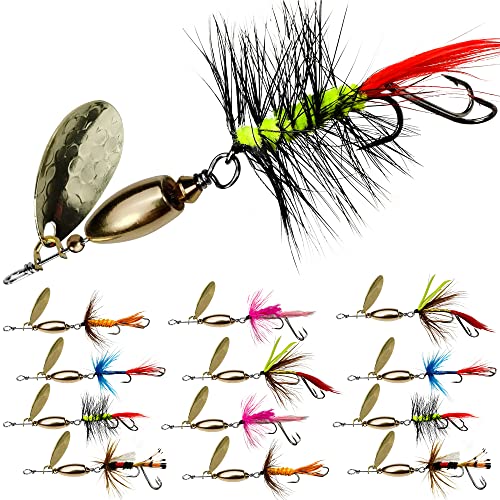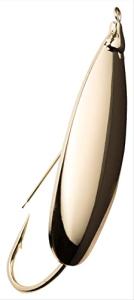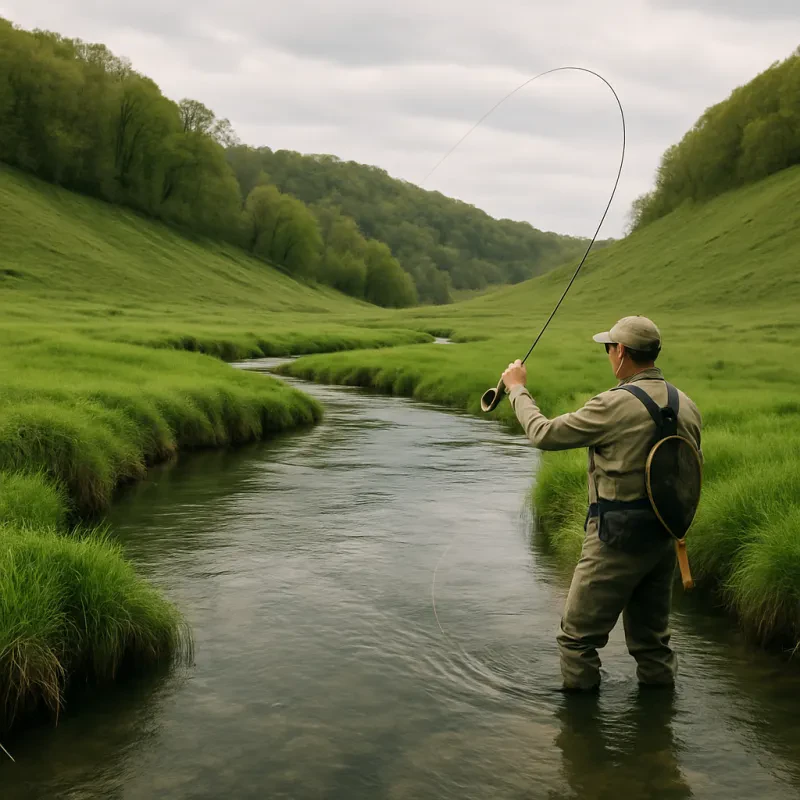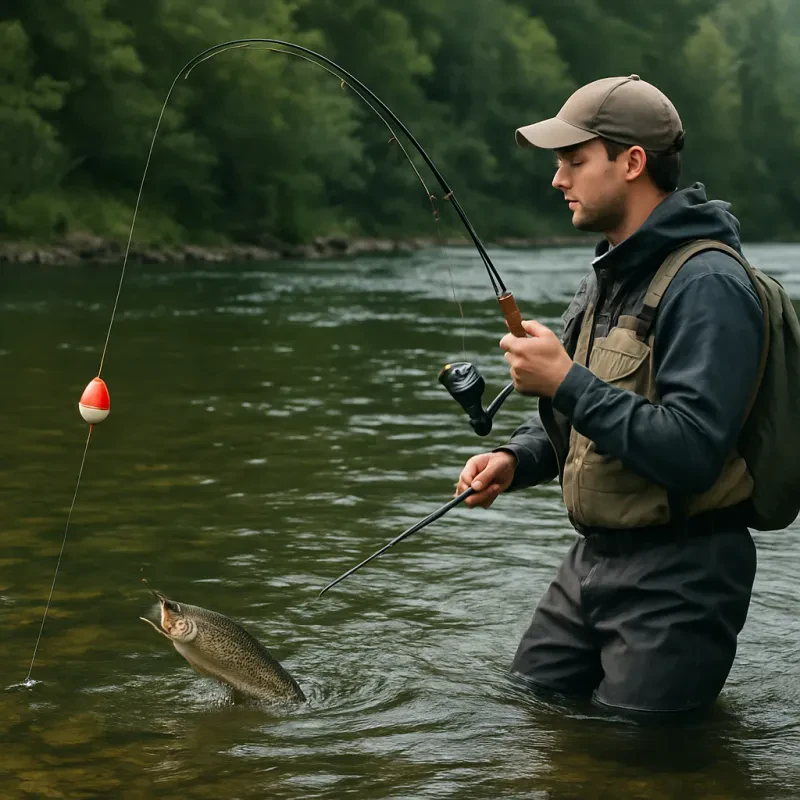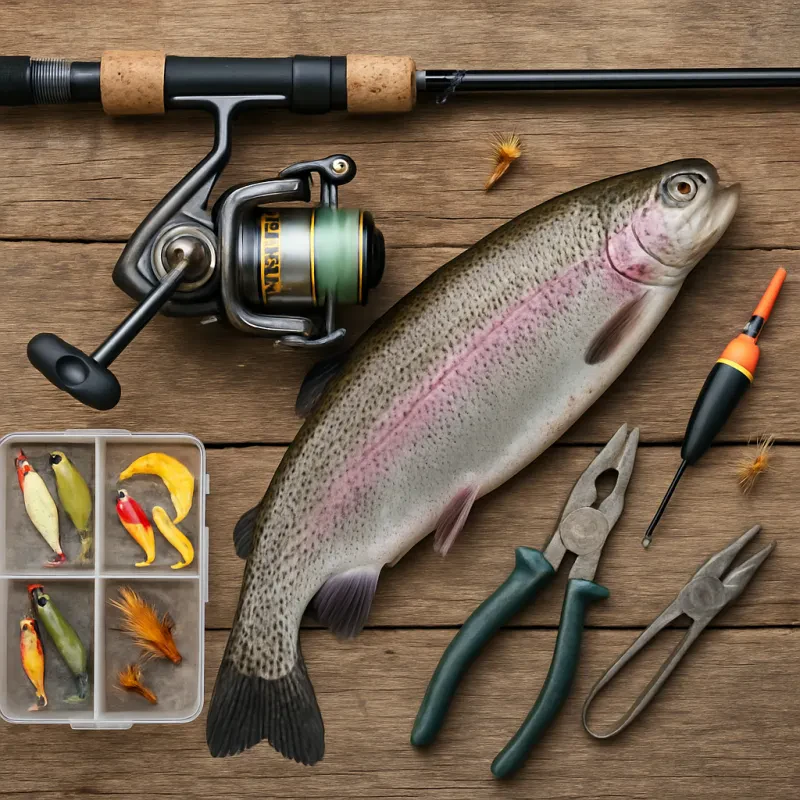If you're looking to master the art of trout fishing, learning the best way to catch rainbow trout is a great place to start. Known for their stunning colors, fighting spirit, and delicious flavor, rainbow trout are among the most sought-after freshwater fish in North America. Whether you're a beginner or a seasoned angler, this expert guide covers the top techniques, baits, and tackle to help you land more rainbows on your next fishing trip.
Understanding Rainbow Trout Behavior
Before diving into the best techniques, it's important to understand how rainbow trout behave. These fish thrive in cool, clear streams, rivers, and lakes with plenty of oxygen. They feed on aquatic insects, minnows, worms, and sometimes even small crustaceans. Rainbow trout are most active during early morning and late evening, especially during the spring and fall seasons when water temperatures range between 50°F and 65°F.
Best Techniques for Catching Rainbow Trout
1. Fly Fishing: The Classic Method
Fly fishing is widely regarded as one of the most effective—and enjoyable—ways to catch rainbow trout.
Key Tips:
-
Use dry flies in the morning and evening when trout feed on the surface.
-
Nymphs and streamers work better during the day or when trout feed below the surface.
-
Match the hatch by using flies that imitate the local insect activity.
Best Flies for Rainbow Trout:
-
Elk Hair Caddis
-
Pheasant Tail Nymph
-
Woolly Bugger
-
Adams Dry Fly
2. Spin Fishing: Versatile and Effective
Spin fishing offers more flexibility and is ideal for beginners. It works well in lakes, ponds, and streams.
Recommended Setup:
-
Ultralight spinning rod (5’6”–7’)
-
2–6 lb test line
-
Inline spinners, small spoons, or soft plastics
Top Lures:
-
Rooster Tail Spinner
-
Panther Martin
-
Mepps Aglia
-
Kastmaster Spoon
Retrieve these lures with a steady or stop-and-go motion to mimic injured baitfish.
3. Bait Fishing: Simple and Reliable
Still fishing with bait is another productive method, especially in stocked waters.
Most Effective Baits:
-
Live worms (nightcrawlers or red wigglers)
-
Salmon eggs
-
Corn kernels
-
PowerBait (especially in hatchery-stocked lakes)
Rigging Tips:
-
Use a small #10–#14 hook
-
Add a split shot 12–18 inches above the hook
-
Use a slip bobber or let the bait sink naturally
Best Time and Place to Catch Rainbow Trout
Optimal Seasons
-
Spring and Fall: Best seasons due to ideal water temperatures and higher oxygen levels
-
Winter: Trout are sluggish but still catchable using slow presentations
-
Summer: Fish early morning or late evening when waters are cooler
Productive Locations
-
Coldwater streams and rivers with rocky bottoms and riffles
-
Deep pockets of clear lakes
-
Below waterfalls or dams where oxygen is rich and food is plentiful
Pro Tip: In stocked waters, target rainbow trout near the shore, especially within the first two weeks of stocking.
Best Gear for Rainbow Trout Fishing
-
Rod and Reel: Use an ultralight or light action rod paired with a smooth spinning reel
-
Line: 2–6 lb monofilament or fluorocarbon for clear water
-
Hooks: Size #10 to #14 single hooks for bait fishing
-
Net: Rubber mesh net to safely handle trout without damaging their slime coat
Trout Fishing Regulations and Catch & Release Tips
Before heading out, check your local fishing regulations. Many areas have size and creel limits, as well as seasonal closures to protect spawning populations.
Catch and Release Tips:
-
Use barbless hooks
-
Wet your hands before handling fish
-
Minimize time out of the water
-
Release trout gently facing upstream
Practicing ethical angling helps preserve rainbow trout populations for generations to come.
Final Thoughts: Mastering the Rainbow Trout Catch
Catching rainbow trout requires a mix of knowledge, technique, and patience. Whether you're fly fishing on a mountain stream or casting PowerBait from the bank of a stocked lake, the best way to catch rainbow trout is to adapt your strategy to the conditions and use proven techniques and baits.
By following the expert tips outlined above, you’ll dramatically improve your chances of landing more trout. So grab your gear, head to the water, and enjoy the rewarding experience of trout fishing done right.
